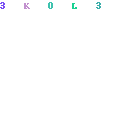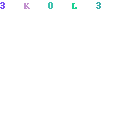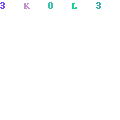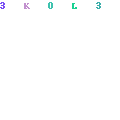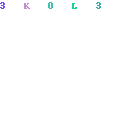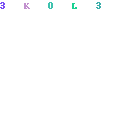To acquire your CCNA or CCNP accreditation, you must comprehend the nuts and bolts of trunking. This is not simply a CCNA subject – you should have a high level comprehension of trunking and ether channels to breeze through the BCMSN test and procure your CCNP too. Before we address those cutting-edge subjects, however, you really want to dominate the essentials. A trunk permits between VLAN traffic to stream between straightforwardly associated switches. Naturally, a trunk port is an individual from all VLANs, so traffic for all VLANs can traverse this trunk. That incorporates broadcast traffic. The default method of a switch port varies between models, so consistently take a look at your documentation. On Cisco 2950 switches, each and every port is in unique advantageous mode as a matter of course, implying that each port is effectively endeavoring to trunk. On these switches, the main activity required from us is to truly interface them with a hybrid link.
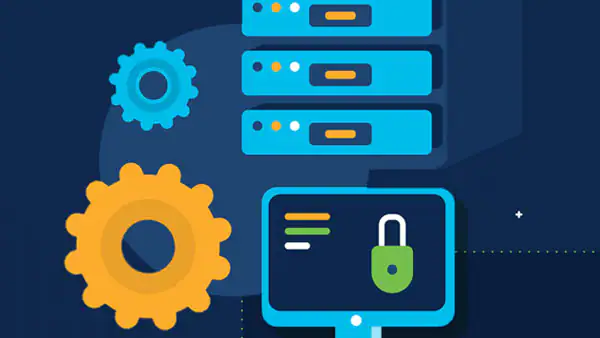
In only a couple of moments, the port light becomes green and the storage compartment is going. The order show interface trunk will confirm trunking. How does the getting switch understand what VLAN the casing has a place with? The casings are labeled by the communicating switch with a VLAN ID, mirroring the quantity of the VLAN whose part ports ought to get this edge of 200-301 ccna dumps. At the point when the casing shows up at the remote switch, that switch will look at this ID and afterward forward the edge fittingly. There are two significant trunking conventions you should comprehend and think about effectively, those being ISL and IEEE 802.1Q. We should investigate the subtleties of ISL first. ISL is a Cisco-restrictive trunking convention, making it inadmissible for a multivendor climate. That is one downside, yet there are others. ISL will put both a header and trailer onto the casing, embodying it.
This builds the above on the storage compartment line. You realize that the default VLAN is otherwise called the local VLAN, and one more disadvantage to ISL is that ISL does not utilize the idea of the local VLAN. This implies that each and every edge communicated across the storage compartment will be epitomized. The 26-byte header that is added to the edge by ISL contains the VLAN ID; the 4-byte trailer contains Recurrent Overt repetitiveness Check CRC esteem. The CRC is an edge legitimacy plot that really looks at the casing’s trustworthiness. Thus, this exemplification prompts another likely issue. ISL embodiment adds 30 bytes all out to the size of the casing, possibly making them excessively enormous for the change to deal with. The most extreme size for an Ethernet outline is 1518 bytes at the point when the remote port gets an untagged edge, the switch realizes that these untagged casings are bound for the local VLAN.
